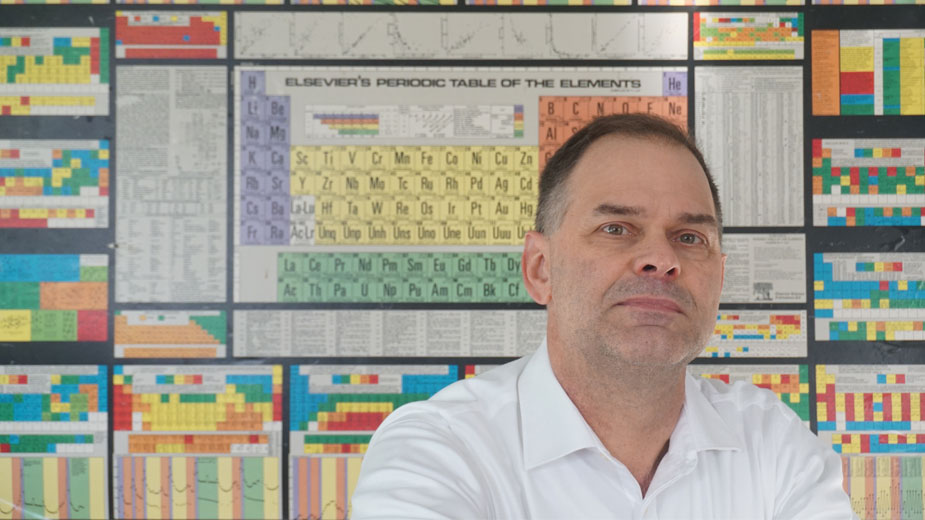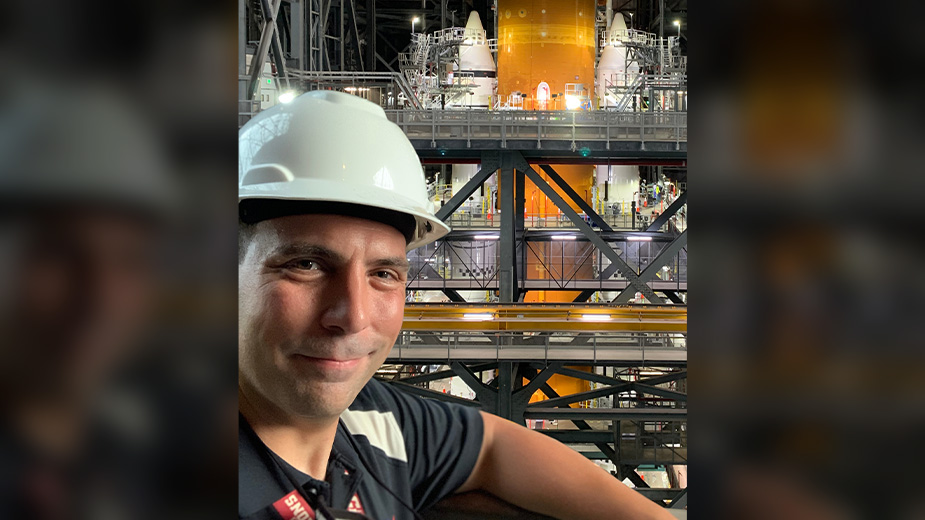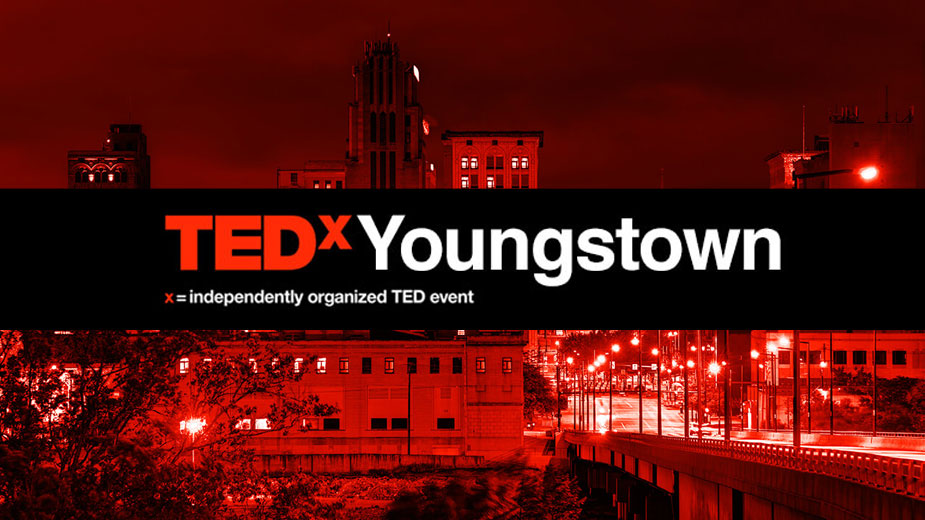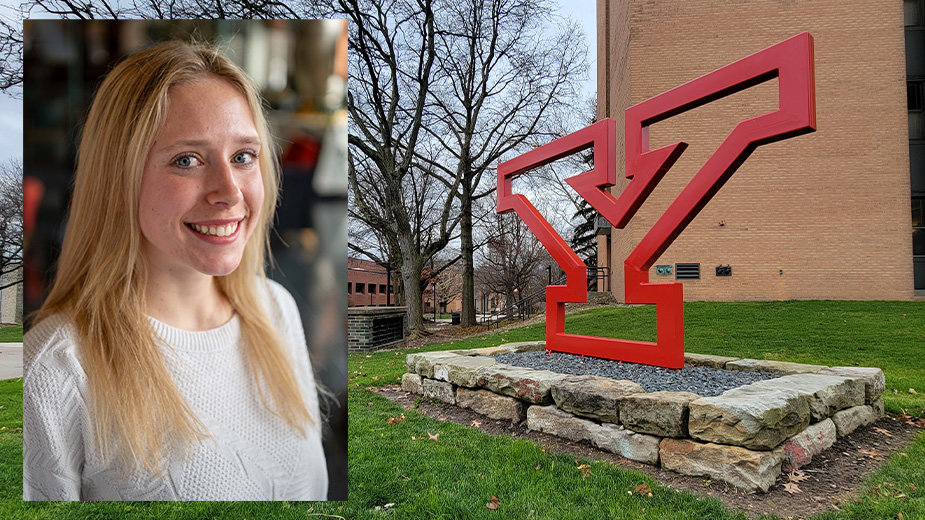Startup to Make 3D Printing Inks ‘En Masse’
YOUNGSTOWN, Ohio — It’s been 20 years since Gary Gladysz left the Youngstown area to pursue his career in chemical engineering and materials science. But with the additive-manufacturing industry creating new entrepreneurship opportunities in the area, he’s found a way to come home.
Kind of.
While Gladysz, a Brookfield native, won’t be moving his family from their home in Massachusetts anytime soon, he plans to start a business in the Youngstown Business Incubator. He’s working with the YBI and its portfolio company Juggerbot 3D on developing “new printer inks” for 3D printing, he says.
This month, he’ll be in town to meet with Juggerbot co-founders Dan Fernback and Zac DiVencenzo to start work on the first four printing materials of his startup, tentatively named En Masse Additive.
“That will be an exciting time for me to get things kicked off,” he says.
Unlike traditional 3D printing filament, which is melted from a solid state, Gladysz’s material is a high-viscosity liquid that doesn’t solidify during printing, he says. The completed part is placed in a curing oven that solidifies the material. This provides a number of advantages to 3D printing processes, he says.
First, it allows parts to be printed at room temperature, regardless of the length of the print job or the size of the part. This promotes good “interlayer bonding,” which is typically the weak point of traditional 3D printing, Gladysz says.
Because the printing filament must be heated to an exact temperature for the beads of material to properly bond together, if the print job takes too long, the material will have cooled “and you won’t get good bonding,” he says.
Conversely, if the material is too hot during the print, “it will collapse the structure.” Since Gladysz’s printing ink doesn’t need to be heated, the process is as much as 400% more energy efficient, he adds.
“It’s a less complex process. You don’t have heaters to break it down,” he says. “It’s going to be less expensive to print.”
Once solidified, the material can withstand high-temperature applications of more than 200 degrees Celsius, or 400 degrees Fahrenheit, at more than 100 psi, he says. This is important, as Gladysz looks to serve industries such as aerospace, for which the tools being printed need to withstand such environments. “It’s a very rigorous, extreme environment they have to hold up to,” he says.
Tools are printed on a bed that measures 16 feet by 8 feet and more than 3 feet high. Gladysz has been working with a team at the Oak Ridge National Laboratory in Tennessee, where he has collaborated since 1995.
“The real niche for what we’re doing is product development,” he says. What takes a traditional process four to six months to develop a single tool, “we can turn that around in a matter of two to three weeks.”
Current tooling board processes use high-temperature epoxy boards that measure 5 feet by 2 feet, which are stacked together like brickwork, then machined down to make the pars.
During the machining process, 60% of the material is turned to dust and wasted, and the bonding process adds to the turnaround time, he says. That process can take 18 months to design a tool, he says, but this new printing material will help reduce the design time to about three months.
“For the rest of that year, [customers will] be making parts and making money, and not caught up in product design,” he says.
Gladysz has developed two variations of the material with Oak Ridge for tooling and aerospace, but says in the first 18 months of En Masse, he looks to hire a few workers and have six materials ready – three for tooling and three for composite parts.
He’ll be working alongside Juggerbot to develop machine-agnostic inks that will work with the 3D printers the company develops.
“That’s sort of the big advantage of going to the YBI,” Gladysz says. “You have all these new startups entering the 3D printing arena. It opens new opportunities that are yet to be defined.”
Juggerbot is excited to work with Gladysz on developing the inks, which address “a large gap in the additive space today,” co-founder Fernback says.
“It’s kind of novel how the material Gary is developing can not only play into some of our current users as far as helping them advance their capabilities, but also introduce our tech into other applications,” Fernback says.
Juggerbot has promoted opportunities to implement additive manufacturing in tooling applications such as patterns, models, dies and fixtures, Fernback says. Gladysz’s materials will give the company a way to tap into those applications and will “definitely open some doors into direct printing” of functional parts.
“The more functional materials that are readily available for 3D printing, the better and further the technology will progress,” he says. “With the partnerships that [Gladysz] can gain here and the value he can bring here, it’s going to be a big thing for our region first, but really the impact is global.”
The area’s additive-manufacturing industry isn’t new to Gladysz.
Over the past few years, he’s regularly visited America Makes and in November attended the kickoff to the NFL Helmet Challenge. He’s kept in close touch with Jim Cossler, Huntington Bank entrepreneur in residence at the YBI.
With the amount of national and international attention being paid to Youngstown, it made sense to start En Masse here and at the YBI, he says.
“It’s a great ecosystem at YBI,” Gladysz says. “There’s a lot of startups there with fresh looks in the 3D printing market and new ideas that you can enter into the market with. It’s just an exciting atmosphere.”
Creating that atmosphere is how the YBI builds its diaspora of the “very best and brightest and most creative people” who left the area because they couldn’t find the opportunities they sought, Cossler says. For the last 15 years, the YBI has been “aggressively engaged” in developing its diaspora, with social media being a primary tool for doing so, he says.
Cossler discovered Gladysz through LinkedIn and would update him about developments happening in Youngstown, he says. When they started to discuss Gladysz’s research into additive-manufacturing materials, “We immediately saw a connection to what we were doing” with the application of advanced materials, he says.
Cossler facilitated connections between Gladysz and Juggerbot, as well as Eric MacDonald, Friedman Chair in Manufacturing at YSU, and Brett Conner, director of the university’s Advanced Manufacturing Research Center and associate professor of mechanical engineering. Conner is also an entrepreneur in residence for additive manufacturing at the YBI.
“Gladysz quickly understood that there’s this incredible cluster of talent and expertise in Youngstown that he doesn’t have in Boston, and his startup would actually be better in Youngstown than in Boston,” Cossler says. “That’s a win for Youngstown.”
Gladysz earned a bachelor of engineering in chemical engineering at YSU in 1989 and holds a master’s in chemical engineering from Ohio University. He returned to YSU for a year to teach in 1998 after earning a doctorate in materials science and engineering from the New Mexico Institute of Mining and Technology.
Since then, he’s held various positions in chemical engineering and materials science, including research and development positions with the Los Alamos National Laboratory, NeoVoid Materials, the U.S. Army Natick Soldier Research, Development and Engineering Center and Dixie Chemical Co.
Gladysz has written more than 30 peer-reviewed journal publications and the book “Voids in Materials: From unavoidable defects to designed cellular materials.” He’s also an adjunct associate professor with the University of Alabama at Birmingham in its department of materials science and engineering.
While Gladysz plans to stay in Massachusetts for the time being, starting En Masse in Youngstown is a testament to the area’s ability to attract boomerangs back to the area, Cossler says.
And as important as it is to retain the area’s best and brightest workers, equally important – if not more so – is to reach out to those who have seen what other parts of the country and the world are doing to solve their problems and “bring those solutions back to Youngstown,” he says.
“You want your best and brightest to leave to go work at Oak Ridge, to live in Tokyo and Brussels, but create a community that has the ability to attract them back,” Cossler says. “What has held us back for so long has been we’ve simply exported the best and never brought them back.”
To do so, it’s important to make them understand that they are wanted here and to make the area as welcoming as possible by helping them re-establish themselves through key introductions and support, Cossler says.
Through the years, the best asset has been the parents of children who have moved away, he says.
“Because one thing we know is they’d like their kids to move back home,” Cossler says.
Should things go well with En Masse, moving back is in the cards, Gladysz says.
The current ecosystem in the city “ticks all the boxes” to support basic development, applied research and rolling out new tech, Gladysz says, but the overall change in the city that’s occurred since he left “is just remarkable.
“The city offers so much more. It’s attractive for relocation to the area.”
Pictured: It makes sense to start En Masse Additive here, says Gary Gladysz, who left Youngstown 20 years ago.
Copyright 2024 The Business Journal, Youngstown, Ohio.



